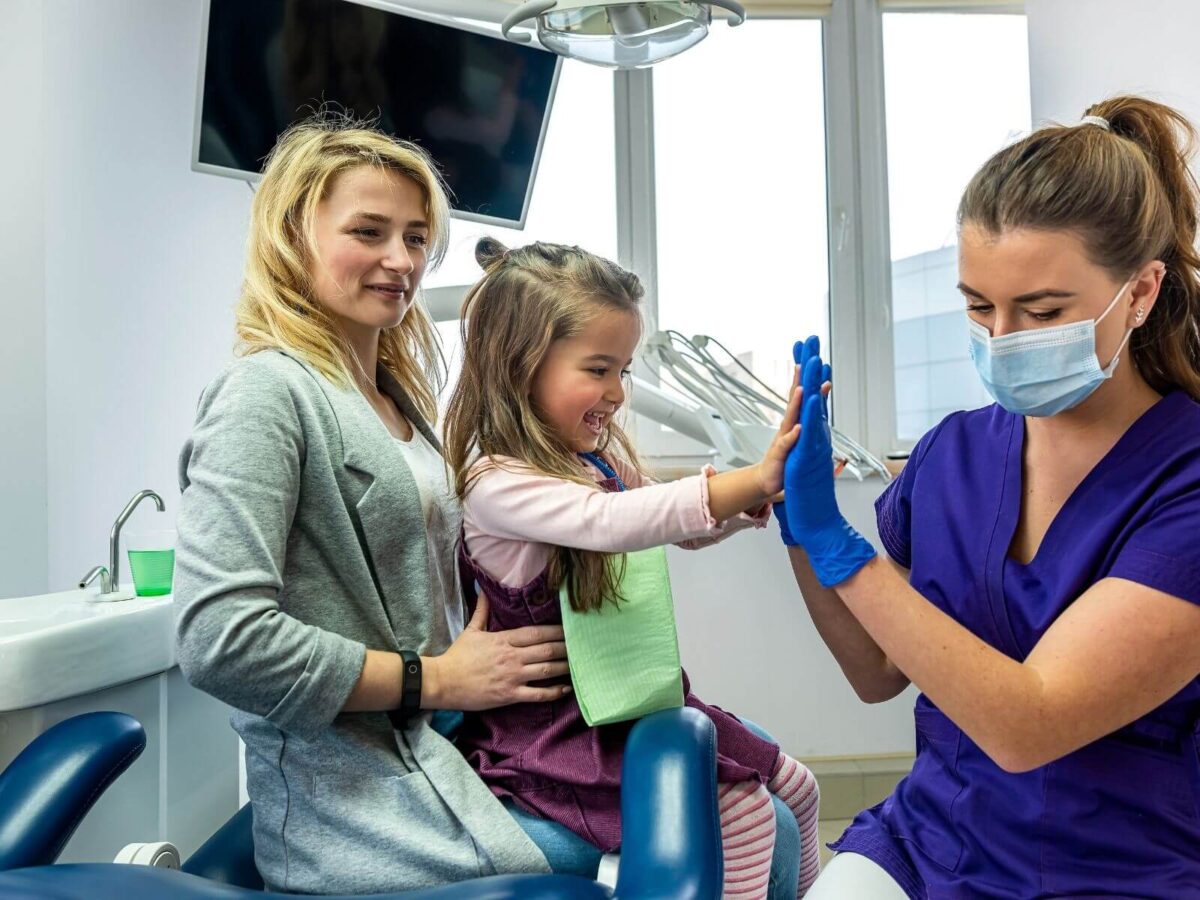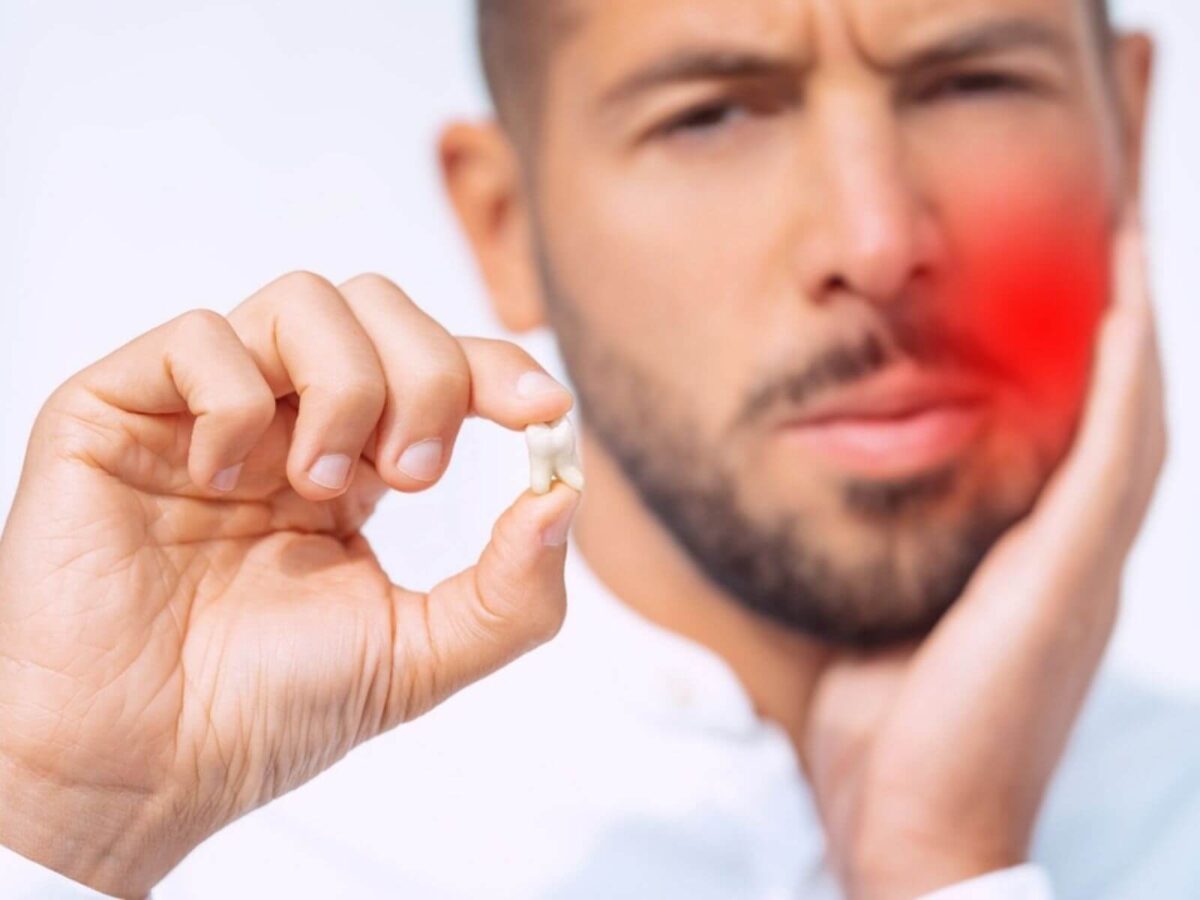Your top duty as a parent is to put dental health first for your child, starting from their early years. The earliest dental care for children helps establish good oral health habits that stay with them throughout their lives.
Understanding Pediatric Dentistry
Pediatric dentists focus exclusively on treating children aged infants to teenagers in their specialized field. Our approach includes dental care for children and teaching children and parents how to protect their oral health. Pediatric dentists understand how to work with young patients because they study child behavior and learning while treating childhood dental problems. They aim to help children understand better dental health practices and develop a good attitude toward oral hygiene.
Why Early Dental Visits Matter
- Children should begin dental visits because they provide essential benefits at different stages of life.
- Routine dental examinations help us avoid tooth decay and dental problems from happening.
- Children build effective oral care routines first from pediatric dental care.
- Finding dental problems at their beginning stage makes it possible to control them before they create major problems.
Referring Your Child to the Right Dentist for the Family
- Identifying Ideal Qualities of Family Dentists
- Families should look for a dentist who handles children’s dentistry.
- Look for a dentist with experience in treating children.
- The dental facility needs to make children feel at ease during their visit.
- The dentist should provide complete pediatric dental services such as tooth cleanings, fluoride application, and dental sealant placement.
Benefits of a Family Dentist
A family dentist delivers many benefits to patients, including:
- All family members can see one dentist for their needs.
- Continuous visits to your dentist help you receive better and better care over time.
- Children who go to the dentist with their parents become more at ease during dental check-ups.
- Preparing your Child for their initial dental appointment
When to Schedule the First Visit
According to the American Academy of Pediatric Dentistry recommendations, children must see their dentist for the first time before they turn one year old. Early visits help to:
- Show your child that they will feel comfortable in the dental office environment.
- Address any parental concerns.
Tips to Make the Visit Smooth
- Begin early education about dental appointments to help your child feel less nervous during visits.
- Support positive verbalization and decrease negative talk.
- Pack soothing items from their comfort set to assist your child in feeling at ease.
- Rephrase the following sentence. Show your child how dental visits and care make you excited.
- Common Pediatric Dental Procedures
- Regular Check-Ups and Cleanings
- Taking your child to the dentist regularly keeps their teeth in good condition. Your dentist at home will conduct a complete dental examination during each appointment.
- Our dental professional examines the teeth to find dental problems.
- Dental professionals will eliminate the buildup of dental deposits on teeth.
- Show your child the right way to brush and floss their teeth.
Essential Tips for Parents
1. Start Dental Care Early
When your baby’s first tooth emerges, clean the gums daily with a soft cloth to prevent bacteria from growing. Schedule your child’s initial dental appointment now that their first tooth has emerged. Research shows that the American Academy of Pediatric Dentistry wants children to see a dentist by their first birthday.
2. Brushing and Flossing
Children under age three need a soft toothbrush with a rice grain of fluoride toothpaste. Switch to a pea-sized toothpaste dot when kids are three to six. Teach your child to brush their teeth at least two times each day, while starting to floss when their teeth are properly touched.
3. Healthy Eating Habits
Food choices strongly affect oral wellness. Teach your child to eat vegetables and fruits while decreasing their consumption of sugary food and drinks. The plaque bacteria in dental areas break down sugar and produce corrosive acids that can damage teeth. Good nutrition brings better health to both your overall body and your oral structures.
4. Preventing Tooth Decay
Pediatric dental clinics always see tooth decay in their youngest patients. Do not allow your child to sleep with milk bottles or sweet drinks. The sweet content sticks to the tooth surfaces and damages them. Help your child switch from bottles to drinking water from spill-proof cups.
5. Regular Dental Visits
According to the American Dental Association standards, your child needs to see the dentist twice each year for essential oral health care. Your dentist performs routine appointments to find dental problems early and teaches you the proper care for your teeth at home. The dental staff creates positive learning experiences when children visit our office. Our dental work aims to build positive feelings about dental care from an early stage so your child learns to value their healthy and attractive smile.
6. Understanding Braces and Orthodontic Care
Children require specialized orthodontic treatment to achieve good dental health.
Orthodontists conduct initial examinations to find oral alignment problems from the age of seven years old. Your child must learn to brush all areas properly around their braces. Special tools make cleaning easier.
Patients should limit their consumption of hard and sticky foods since these items have the potential to harm braces. You must schedule and attend all scheduled orthodontic checkups to get adjustments and receive monitoring. Food items that are soft in texture and oral medications help ease discomfort associated with adjusting braces.
7. Fluoride and Dental Sealants
The enamel becomes more resilient to decay because fluoride treatment strengthens dental tissues. Your dentist performs fluoride treatments as part of your scheduled checkup appointments. Applying dental sealants provides an additional successful way to preserve your child’s teeth from decay. These protective coatings are applied to the chewing surfaces of the back teeth because this area is where most child cavities commonly develop.
8. Handling Dental Emergencies
Be prepared for dental emergencies. A warm water rinse and a cold compress should reduce the swelling when your child has tooth pain. A knocked-out tooth must be preserved in a moist environment until you immediately see your dentist. Our dental office at Dental Innovations of Virginia maintains 24-hour availability for emergency dental situations.
9. Encouraging Good Habits
You should present dental visits as a joyful opportunity for your children. Rephrase the principles of oral hygiene maintenance for their level of understanding. You should demonstrate solid oral practices to motivate your children to care for their teeth.
10. The Proper Treatment Thumb Sucking
Infants and toddlers naturally use their thumbs and pacifiers as self-soothing methods. Habits that persist after your child turns three can impact their jaw and their teeth development. Your dentist will help you develop methods that gradually encourage eliminating these self-soothing habits.
Final Thoughts
Getting professional dental care for children is crucial. Your child will receive top-quality dental care by choosing an experienced family dentist at Mathis Dental. Schedule routine dental appointments and teach your child proper home oral care and nutritious eating choices so their teeth stay healthy. Contact us today to schedule your child’s dental appointment and start their journey toward a lifetime of healthy smiles.




